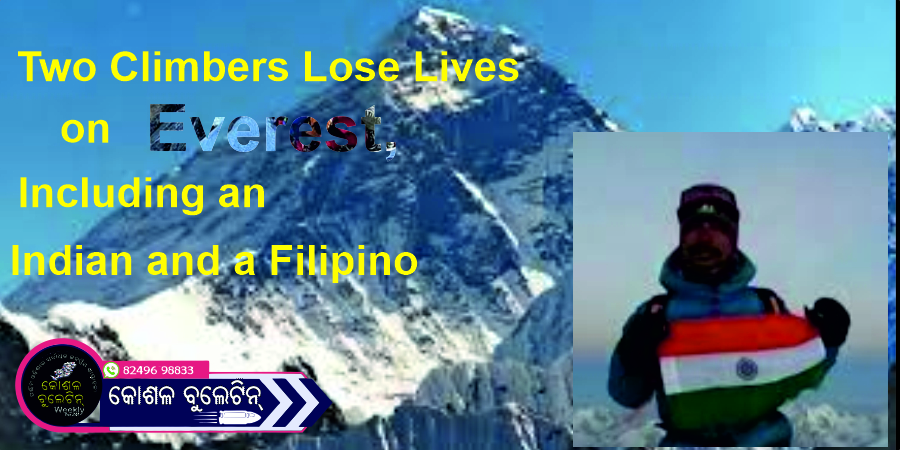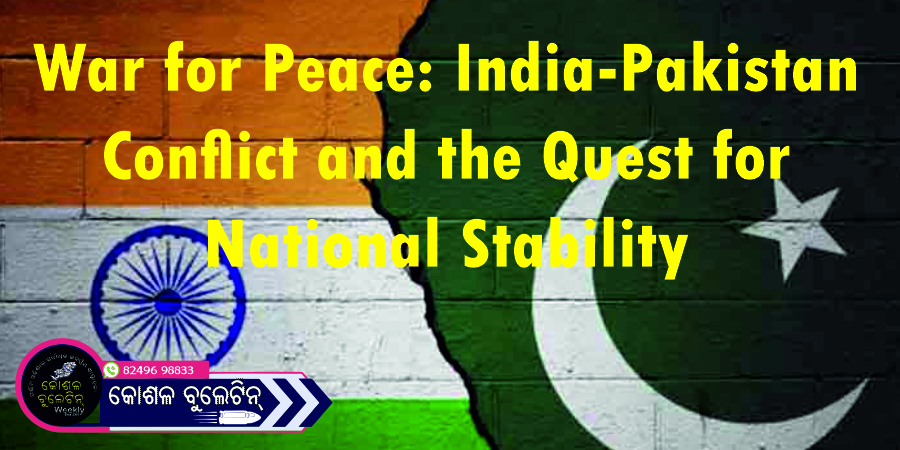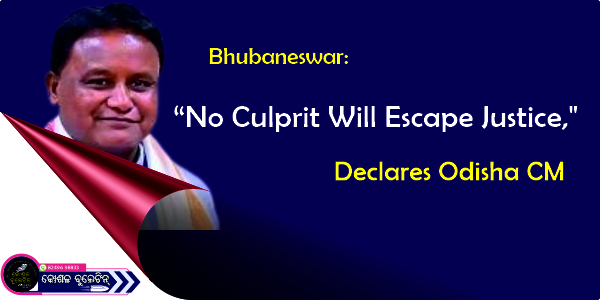Two mountaineers tragically lost their lives on Mount Everest, the world’s highest peak at 8,849 meters, after successfully summiting. The deceased include an Indian climber, 45-year-old Subrat Ghosh, and a Filipino climber, 45-year-old Philip Santiago. They are not the first to die on Everest, contrary to the initial claim, as over 300 climbers have perished on the mountain since records began, with most deaths occurring in the “Death Zone” above 8,000 meters.
Subrat Ghosh, an experienced mountaineer, reached the summit and proudly hoisted the Indian tricolor, even taking a photograph to mark the achievement. However, during his descent, he encountered difficulties near the Hillary Step—a notorious section just below the summit—and succumbed to the harsh conditions. The Hillary Step, located in the “Death Zone,” is known for its extreme altitude, where oxygen levels are insufficient for human survival, posing severe risks to climbers, especially those with health issues.
Similarly, Philip Santiago from the Philippines reached the summit but began feeling exhausted during the descent. He rested at a nearby camp, where he passed away late Wednesday night, May 14, 2025. According to Nepal’s Tourism Department, exhaustion likely contributed to his death. Efforts are underway to bring both climbers’ bodies down to the Everest base camp for further arrangements.
The “Death Zone,” where both incidents occurred, is a perilous region above 8,000 meters, notorious for its low oxygen levels, making survival challenging and contributing to the high fatality rate on Everest.




